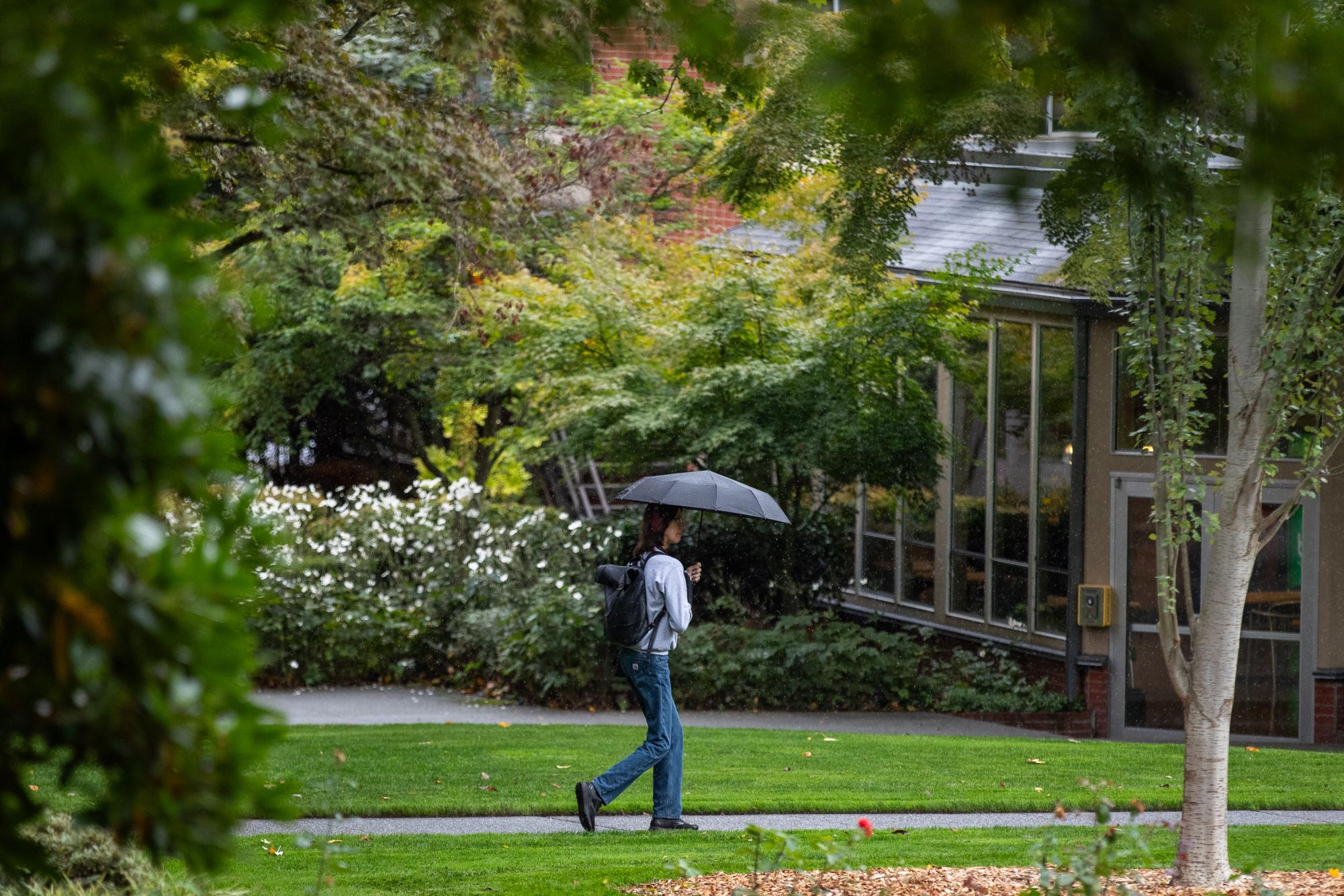
As autumn takes hold, Seattle is suffering not from an excess of rain, but a drastic lack. Known nationwide for its persistent precipitation, the city is facing off the consequences of an abnormally dry summer, with mountain reservoirs too low for comfort.
Summers in Seattle are historically warmer and drier than the rest of the year, though they still have their fair share of rain – from May to September, as many as 26 inches fill the reservoirs’ watersheds. This year, Director at Seattle Public Utilities, Alex Chen, told the Seattle Times, the watersheds have only seen 7 or 8 inches.
“Anybody who’s been here through at least one calendar year knows we get a lot of rain in the winter, and then our summer returns beautiful, with blue sunny skies,” said Eric Long, professor of biology at Seattle Pacific University. “We’re always dry in the summer, but we were exceptionally dry this summer.”
Swallowed by a swath of red on the U.S. Drought Monitor, King County is marked as level D3: extreme drought. Such a drought and summer are rooted in 2023’s status as an El Nino year.
El Ninos, according to Long, are big, cyclical climate patterns driving from the Pacific Ocean. Around every five to seven years, El Nino causes predictable climate changes across the globe; wetter parts of the globe get warmer and drier. Seattleites packed away umbrellas for the hot, parched summer.
“Under global warming and climate change conditions, we expect those conditions in Seattle to become more frequent,” Long said, referencing how scientists use local environmental data during El Nino years to predict how the planet will be permanently in the wake of climate change.
“If we fast forward 20, 40 years to a warmer world, we expect to see a lot of the world in the conditions that we only see parts of the world in right now in El Nino,” Long said. “That’s what it’s going to be like every year.”
For now, Seattle is waiting on its fall and winter rains to refill the mountain reservoirs. Until then, Seattle Public Utilities recommends adhering to voluntary restrictions, including shorter showers, avoiding waste, fixing leaks, etc.
“We’re not used to telling people to conserve water and use less in a place that’s famous for its rain,” Long said.
Junior Madalynn Stark is a social justice and cultural studies major with a focus on environmental justice. She was surprised by the drought in Seattle, but not climate change globally.
“I know that scientists are struggling because changes are happening quicker and more unexpectedly than we had predicted,” Stark said.
Stark suggests that students do their part by taking shorter showers, reporting leaks, filling the washing machine up – on cold – and taking care to avoid wasting water.
Seattle Pacific University is reacting to the drought by working with the City of Seattle to bring in plants better suited for hot summers, adjusting current watering schedules and helping thirsty trees insulate what moisture they have: with wood chips, according to SPU’s energy and sustainability manager Janette Plunkett.
“It’s recycling all the way around,” she said. “Wood chips act as sponges to hold and distribute water over a period of time, then they break down over time and provide nutrients. And we get those wood chips from branches or trees that have had to be removed.”
SPU facilities saved the university $11,000 by simultaneously discharging potable water and watering the university’s green sprawls.
“Being good stewards of the environment is so much a part of SPU’s DNA historically and currently,” Plunkett said. “I see it very aligned with our mission. Sustainability is just a part of who we are.”
As Seattle’s rains pick up the pace and winter brings snowpack, reservoirs should return to safe levels for this year.
“Be mindful that water is a resource, and clean water is not an unlimited resource,” Long said. “Come March, I even think it’s useful for students to think ‘this water comes from somewhere.’ Let’s not just use it mindlessly.”
SPU students should remember both sustainability and personal wellness as Seattle enters autumn, the crisp precursor to a long, wet winter.
“I have mixed feelings,” Stark said, looking through the window at the sun-soaked street. “When it’s sunny and then it’s pouring, amazing! The first couple weeks of rain feel like home. But I don’t know if I’m ready for only rain.”
Ready or not, rainy season is upon Seattle, and the unexpectedly thirsty city needs it like never before.

















































































